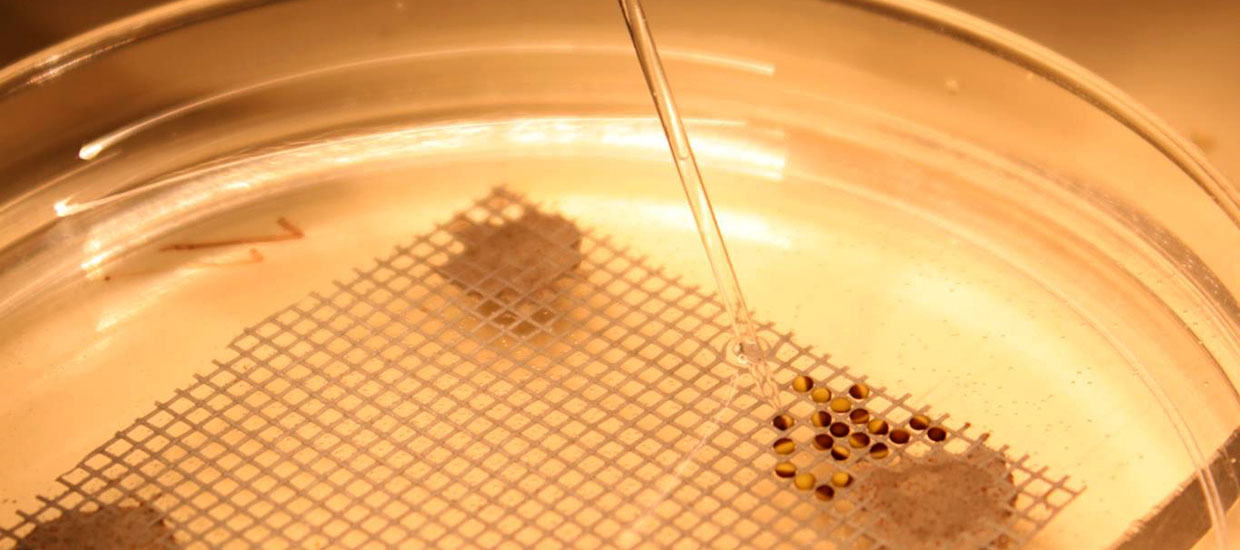1. Serotonin Transport
We are working to establish a greater toadfish understanding of the role of the neurochemical serotonin (5-HT; 5-hydroxytryptamine) within teleost fish by investigating the receptors that mediate its response and the transporters that facilitate its movement. With respect to receptors, our lab is most interested in the roles of the 5-HT1A and 5-HT2A receptors in controlling various physiological responses, such as the glucocorticoid stress response and pulsatile urea excretion. With respect to serotonin transport, we are interested in how the body regulates serotonin that is freely circulating in the blood and how not controlling serotonin may impact the cardiovascular system. We are examining the role that different tissues play in the maintenance of serotonin homeostasis, and how that homeostasis can be disrupted by environmental stress.
2. Pharmaceutical Pollution
We are also interested in the impact of waterborne pharmaceuticals on physiological processes in fish. As a consequence of human consumption and inadequate sewage treatment, pharmaceuticals, such as antidepressants, which specifically inhibit serotonin transporters, are now found in measurable quantities in some US watersheds. While the potential human health consequences through the consumption of tainted fish or drinking water are considered very low, the effects of chronic fluoxetine exposure on aquatic organisms are still not completely understood. Work in our lab has investigated the hypoxia response of fish in response to waterborne exposure to fluoxetine, a selective serotonin transporter inhibitor (SSRI). We have also measured changes in urea excretion, osmoregulation, behavior and the ability to respond to hypoxia (low environmental oxygen) in response to fluoxetine treatment.





